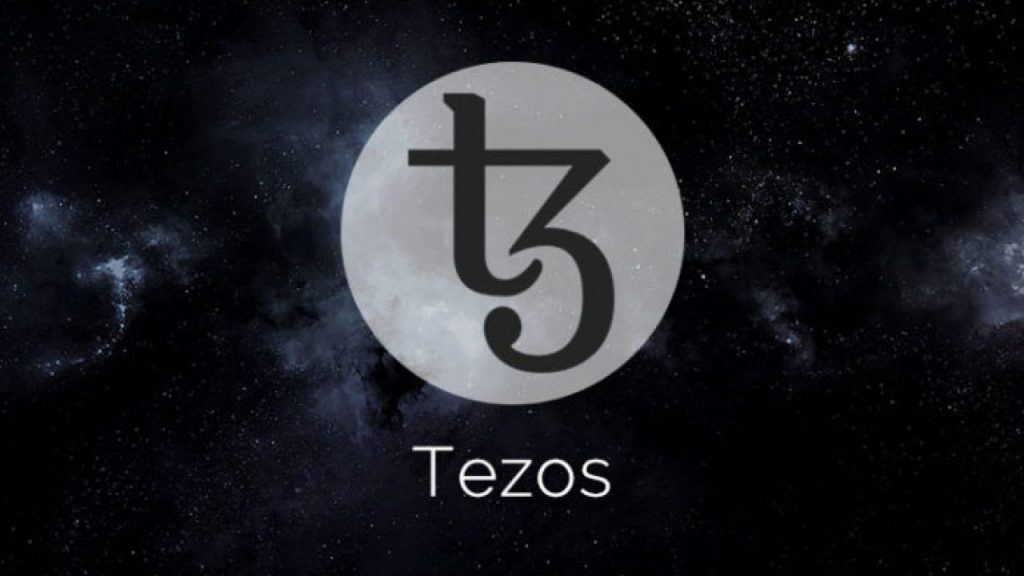What is Tezos?
Tezos is blockchain platform designed to be a “self-amending”, permissionless, distributed and peer-to-peer network which can be used for smart contract development. The concept is similar to Ethereum and other dapp platforms, but here stakeholders govern the protocol.
Tezos was created by Arthur Breitman, a computer scientist and former applied financial quantitative
analyst, who issued a white paper and a position paper in August 2014 under the alias “L.M. Goodman”.
How Does It Work?
The network aims to bring a few notable enhancements over other well-established blockchain
platforms. Below we shall be looking into some of its distinct features:
On-Chain Governance
A key feature is the involvement of all stakeholders in the direction and governance of the platform.
Stakeholders can vote on amendments to the Tezos protocol and even changes to the voting
procedure itself. In the simplest case, stakeholders will approve or veto changes in the code or protocol.
Code Evolution
Unlike typical blockchains, which use a 3-protocol scheme to function (network, transaction, and consensus), Tezos uses a generic network shell which is compatible with the different transaction and consensus protocols a blockchain needs. The blockchain’s seed protocol will be democratically directed as the project grows.
The source code is programmed using OCaml, a fast, flexible, functional programming language
which matches the project’s modular approach.
Liquid Proof-of-Stake
According to their official Medium channel, consensus is established using alternative delegated
proof-of-stake (dPOS) method. Liquid proof-of-stake is the proposed name for this approach which
aims to preserve a dynamic validator set, enabling token holder coordination and accountable
governance.
A typical dPOS cryptocurrency such as EOS puts emphasis on scaling up users at the cost of security
and decentralization. Tezos want to bring together security and decentralization by still being able to
make the most of the benefits that dPOS has to offer.
Baking
Tezos calls its staking process “baking”. This blockchain model allows bakers to commit deposits,
after which they will be rewarded for signing and publishing blocks. If any baker behaves badly, they
will ultimately lose their deposit. Any token holder may give their baking and voting rights to others
in the network.
Coin details
The ticker for the coins is XTZ, and they are called Tezzies. From CoinMarketCap data we can see that
there is a total supply of nearly 763 million XTZ in the currency pool. The current number of coins in circulation is 659,423,681 XTZ. XTZ is currently situated in 17th position, according to a market cap of $1,077,422,990 USD. XTZ has a trading price of $1.63 USD (in this time of writing).
Where Can You Buy and Store XTZ?
XTZ has been listed on very few major exchanges. The most notable exchanges that support the coin are: Bitfinex, Kraken, Gate.io, HitBTC, and Coinone. But 45 % of the trading volume belongs to UEX. The coin can be traded against BTC, USDT, ETH, and USD.
No official wallet is currently available, however, according to some social media posts, you can store
the coins in a wallet by using the command line.
TezBox is a web wallet which was developed by the community to enable the storage of XTZ.
Team
Tezos was founded by the married couple Arthur Breitman and Kathleen Breitman.
Arthur is experienced in applied maths and computer science, working at Google X as a research
engineer and at Goldman Sachs as a quantitative analyst. Kathleen worked at companies such as
Accenture, Bridgewater Associates, The Wall Street Journal, and the blockchain consortium R3.
Ryan Jespersen became president of the Tezos Foundation after the community grew restless during
the legal issues the foundation was facing. The rest of the team is mostly unknown and is estimated
that 8 core developers are involved.
Controversy
The project has had a number of issues which led to a series of lawsuits which affected the Breitmans
and many Tezos ICO investors.
Intellectual Property
Initially Distributed Ledger Systems reserved intellectual property rights over the Tezos source code.
The ICO agreement stated that the Breitmans would establish an official foundation which would buy
out DLS (including the all-important IP rights) for the community.
However, as stated in the agreement, the Breitmans and Tim Draper expected to be able to take
8.5% of all funds resulted from the ICO and also 10% of all Tezzies in circulation.
An official document featuring the purported transparent association between DLS and the Tezos
foundation was taken down from the website after initially being tweeted by the companies.
“In the interest of full transparency, a memo regarding the relationship between DLS and the Tezos
foundation: https://t.co/7K76q0OEND”
Internal Power Struggles
The next issue came up after the Breitmans set up the foundation. Swiss law requires that an
independent party had to be on the board, so the Breitmans asked a previous associate of theirs,
Johann Gevers, to occupy the position of president of the Tezos foundation.
Johann then effectively took control of Tezos, threatening fund flow and development. As a result he
was removed from the board.
In conclusion
In spite of all the legal issues and delays, Tezos is seemingly headed in the right direction, as more
development is on the way. But in a market full of similar projects, it will take a lot more than a novel
concept to get noticed.
Featured image: CryptoNewsZ
